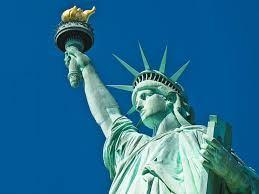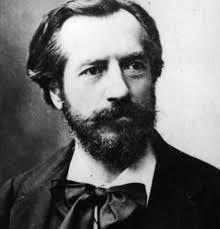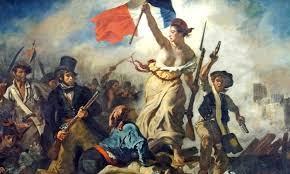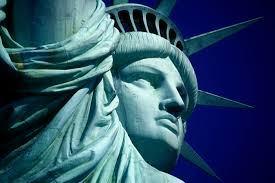 In 1986, when the Statue of Liberty was being refurbished, I made a donation. Later, receiving another solicitation in the mail, I said to myself, “No, I already gave.” But I read the thing anyway. And guess what? I wrote another check. Love that gal.
In 1986, when the Statue of Liberty was being refurbished, I made a donation. Later, receiving another solicitation in the mail, I said to myself, “No, I already gave.” But I read the thing anyway. And guess what? I wrote another check. Love that gal.
For Christmas I received Francesca Lidia Viano’s book Sentinel: The Unlikely Origins of the Statue of Liberty. A 499-page tome delving deeply into the monument’s cultural, historical, mythological, iconographic background. It ominously begins with the story of the Trojan horse!

They called her “Liberty Enlightening the World.” The torch obviously fit with that. Yet even that name seems to have been something of an afterthought. The book’s title, Sentinel, is more to the point. The lady was really meant to be a guardian. Thus her stern expression. She may even have a concealed weapon.
This has more to do with France’s cultural context than America’s. Her 1789 revolution was more of a societal upheaval than ours. And France had further revolutions, in 1830, 1848, and 1871. They also had Napoleon, long looming over the French psyche. Consequently, for them, Liberty had to be a combative figure.

Bartholdi actually started with an idea for an Egyptian monument, but couldn’t sell it as such, so he Americanized it, as embodying friendship between his country and ours. But he soon realized it needed a larger moral meaning. As “Liberty” she has that, but ultimately Bartholdi envisioned even more. The statue may be seen as representing America itself, giving all humanity a new dawn.
Or as a memorial to Revolutionary war dead, both French and American. Celebrating sacrifice and regeneration. A monument to U.S. industrial strength; to maritime commerce; to global free trade. Her spiked crown may have been inspired by Victor Hugo’s poem Stella; it may represent a “morgenstern,” a medieval weapon, a club topped by spikes; or Christ’s crown of thorns. Or she could embody Hermes, messenger of the gods. A torch-bearer was a canonical figure in Masonic ritual. Or the torch could stand for the Promethean gift of fire; or, says Viano, she could represent “An Orpheus shedding light on man’s painful condition.” The lady did appear to have quite the dark side; there was something of the underworld about her.
And meantime, Bartholdi seems to have been much the momma’s boy — with a lot of her in the statue too.
All the foregoing actually doesn’t begin to dissect everything about her mythological, iconographic antecedents, as explored in the book. But all of that became somewhat beside the point, because America embraced the statue differently from what its progenitors imagined.

But it’s her torch that’s really her essential feature; what she now represents being a synthesis between that physical image and the reflective imagery of the poem. The lamp lighting the way to the golden door.
And today, I see defiance in her pose; and if her eyes are tough, defiance in them too. Steely-eyed, she stands sentinel, more so now than ever. Our still undaunted guardian of what America means.
* * *
Postscript: Trump’s immigration worm, Stephen Miller, in a White House briefing, spat on the Lazarus poem, insisting it “is not actually part of the original Statue of Liberty.” The other day new strictures on immigrants were announced, denying green cards if they access any public benefits.* I heard on the radio someone said the poem should be changed to read “give me your tired and your poor who can stand on their own two feet and who will not become a public charge.” I assumed that was sarcasm from an administration critic. But no, it was said by Ken Cuccinelli — the acting head of ICE. He also said the poem referred only “to people coming from Europe.”

This administration’s sadistic treatment of suffering migrants is a crime against humanity.
* To which they’re lawfully entitled. Had Congress, in enacting these programs, meant to limit them just to citizens, it could have so stipulated. It did not.
Advertisements